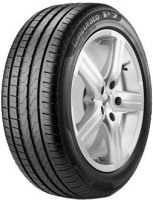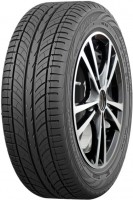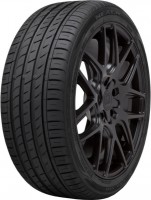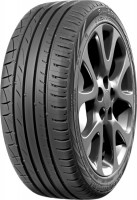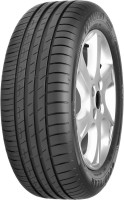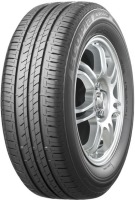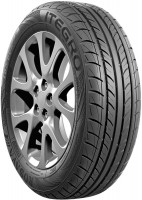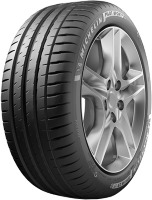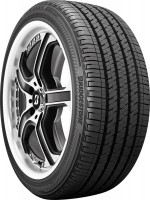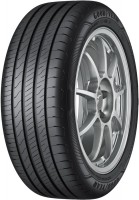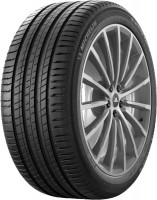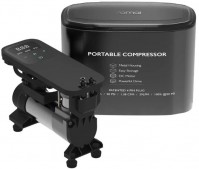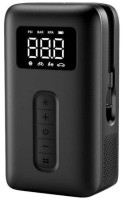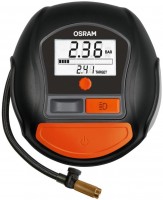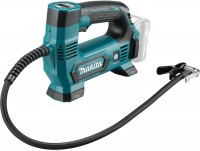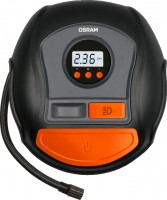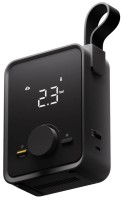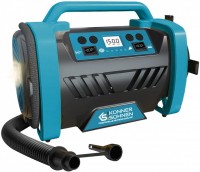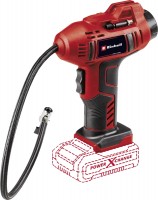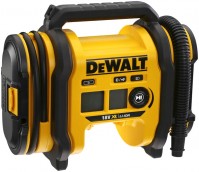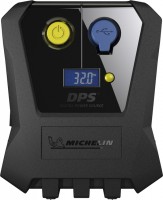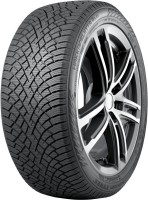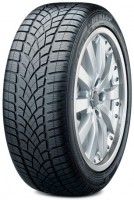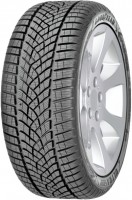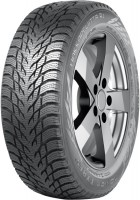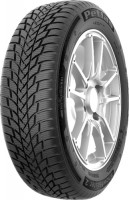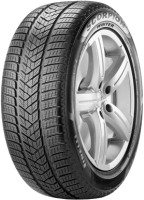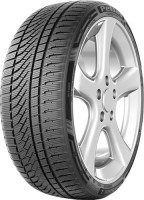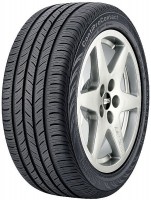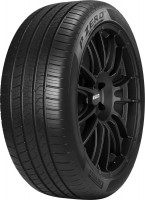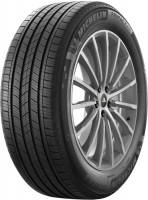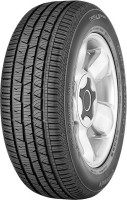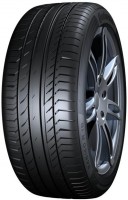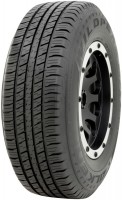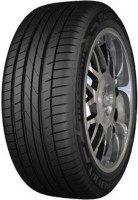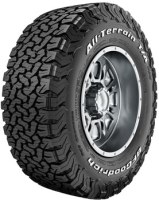Tire Myths
We independently test the products and technologies that we recommend.

1. Myths about choosing tires
1.1 All tires are the same
All tires cannot be the same a priori. Firstly, they differ in season ( summer, winter, all-season), secondly - in tread pattern (symmetrical or asymmetrical with or without a pronounced direction). There are also differences in the composition of the rubber compound from which the rubber is made. It is not for nothing that premium tires are much more expensive than ordinary tires. We will talk about this later.
When comparing tires of the same season and size, it is better to give preference to cheaper and fresher models than stale top-level tires. Tires literally "from the oven" fully retain the inherent driving qualities, while older rubber inevitably ages during its storage. In addition, it is unknown where and how such tires are stored - this remains on the conscience of the dealers. "When is rubber considered old?" - read in the article of the same name.
1.2. The more expensive the tire, the better its quality
Partly, this is true. Tires from popular brands like Michelin, Bridgestone or Goodyear are developed by entire scientific institutes, introducing the latest developments in the industry into tire products. Before launching into serial production, rubber is carefully tested and deficiencies are eliminated. All this affects the cost. At the same time, the price is affected by marketing investments - advertising top tires is not cheap.
The best option in terms of price/quality is rubber from subsidiary brands of leading tire giants. Tires from "daughters" can offer almost identical performance, while having a more affordable price tag. The only thing is that they often use technologies from a couple of years ago. That is, not the most advanced developments, but design solutions of previous generations of premium rubber.
Expensive tires are better than mid-range ones in terms of lower noise levels, fuel efficiency, and other related factors. Globally, they do not provide significant advantages. As for budget tires, it is difficult to answer unequivocally - there are both inexpensive tires of dubious quality and quite suitable rubber on the market. When choosing such tires, you need to carefully study the reviews and results of independent tests.
1.3. The speed rating of your tires doesn't matter if you drive slowly.
The tire speed index is indicated by letters of the Latin alphabet - the further it is in the alphabet, the faster the tire is. In fact, the parameter describes the maximum permissible safe driving speed at which the intended performance characteristics of the rubber are maintained. Special tables are used to decipher the speed indexes:

The parameter is also important for slow driving, since it partly includes the general characteristics of the tire. Models with a higher speed index have a reinforced structure, which increases the stability of machine when turning and braking. Even at low speeds, this affects comfort and safety. Lower speed indices are usually used to designate winter tires, since drivers rarely drive at high speeds in the cold season. At the same time, it makes sense to choose tires with lower speed indices if machine lives strictly in urban conditions and almost never goes on the highway.
1.4. SUV tires are equally good on both asphalt and off-road
Off-road tires cannot be considered in a single key - they differ significantly in the tread pattern, which determines the omnivorousness of driving qualities. Thus, highway off-road tires are marked with the designation HT (Highway Terrain). Such are sharpened for movement on asphalt surfaces with rare forays onto dirt roads. Tires of the AT class ( All Terrain) have average driving properties. As a rule, they are recommended to be used in certain proportions on asphalt and off-road (50/50, 60/40, etc.).
MT ( Mud Terrain) tires with an aggressive and deep tread pattern are suitable for conquering difficult off-road conditions. Large and massive blocks of their tread do not contact homogeneous surfaces in the best way, therefore, on asphalt, MT rubber is characterized by increased noise and not the best responsiveness in control. Features of the marking of off-road tires HT, AT and MT are considered in the corresponding material.
2. Myths about pressure and pumping
2.1. Tyres should be inflated to the pressure indicated on the sidewall.
You should never do this. The sidewall indicates the maximum permissible pressure at which the tire will not suffer damage to its structure. The indicator is expressed in kilopascals (kPa), less often in pounds per square " (psi).

with parameters of permissible tire pressure.
The required pressure value is indicated in the technical documentation for machine and on a special sticker, which can be placed on the inside of the glove compartment lid, on the middle pillar of the body on the driver's door side, at the end of the same door or on the threshold, on the back of the gas tank flap (depending on the specific make and model of machine).
2.2. The lower the tire pressure, the better the grip on ice
At first glance, it may seem that reduced pressure increases the contact patch area of the tire with the road surface. However, in reality, everything is different. At low pressure, the tread is deformed, and this entails deterioration in the operation of the lamellas and grip edges. Insufficient pressure increases wear of the sidewalls and tread, worsens the stability of machine when turning and braking. Another disadvantage is an increase in rolling resistance, which leads to an increase in fuel consumption.
Tires should be inflated to the pressure specified by machine manufacturer. After all, this is the only way to maintain the contact patch. It is only permissible to deflate tires in emergency situations - if you are already stuck in loose snow and a temporary reduction in pressure could potentially help you get out. But after that, the pressure should be restored immediately.
3. Myths about seasonality and types of tires
3.1. Winter tires are not needed if there is a four-wheel drive
All-wheel drive does not improve tire grip on snow in any way - it only helps distribute traction more flexibly. The laws of physics have not been repealed. Tires with a priori poor grip properties will slide on snowy and winter roads regardless of how many wheels are involved.
4x4 vehicles require seasonal tire changes just like regular front- and rear-wheel drive vehicles. Otherwise, the vehicle's stability and braking performance will be significantly reduced.
3.2. Winter tires are only needed in heavy snowfalls.
Winter tires are not only designed for snowfalls. Their properties include low ambient temperatures, cross-country ability on icy surfaces, and confident movement on wet asphalt in slushy conditions on the roads. The differences are also hidden in the compound formula - winter tires are made of soft rubber, which retains the necessary elasticity in cold weather, and the tread of such tires is dotted with a large number of lamellas to improve grip.

the edges of which form additional gripping edges on snowy and slippery roads.
Regardless of the presence of snow, when the average daily air temperature drops below +7 °C, it is recommended to use winter tires on the wheels. The exception to the rule is regions with a mild climate without significant "minuses" in winter and scorching heat in summer. In such conditions, all-season tires can be used.
3.3 Studded tires are always better in winter
Studs do provide certain advantages in winter driving conditions. But not everything is so clear-cut. Studded tires perform well on ice and during heavy snowfalls, as well as on uncleared country roads. But on asphalt, studs can potentially increase the braking distance and worsen machine's handling. In addition, studs have a negative effect on hard road surfaces - for this reason, such rubber is prohibited by law in many European countries (except Scandinavia).
On clean asphalt, studded tires make more noise and do not provide a significant advantage. Instead of studded tires for severe winter conditions, it is suggested to use anti-skid chains. How to choose the right chains is described in the corresponding article.
4. Myths about service life and wear
4.1 Only one tire can be replaced
Replacing just one tire is only allowed in cases where the rubber was purchased relatively recently and has minimal deviations in tread depth from the three remaining tires. The difference should not exceed 1 - 2 mm, otherwise the uneven wear level creates a discrepancy in the wheel rotation radius. If it is necessary to replace a tire, it is advisable to install new rubber at least in pairs - on one of the vehicle axles.
In 4x4 vehicles, it is recommended to change all wheels at once. Their different rotation radius promises problems with the transmission, differentials and the all-wheel drive system as a whole. The tires on the wheels of all-wheel drive vehicles should be as similar as possible in terms of tread wear.
4.2. Worn tires are better than new ones for summer because they have less tread.
This myth has become widespread due to the "half-bald" slick rubber, which supposedly improves the tire's contact with dry asphalt. And indeed, this works well on race tracks, but not on public roads. Tires with worn treads drain water worse, have an increased braking distance in wet conditions, and reduce the accuracy of machine's reactions to steering wheel commands.
Of course, in practice, everything depends on the degree of tread wear. If its remaining depth is 5 mm, and the factory one was 7 mm, the driver will not feel any difference at all. But if the tread depth is very close to the 1.6 mm mark, such rubber no longer provides the intended driving qualities.
4.3. The tread can be “rolled” to a minimum depth of 1.6 mm.
According to legal norms, it is usually allowed to use tires up to the above-mentioned tread depth of 1.6 mm. However, it is recommended to think about replacing tires with new ones much earlier than this limit. Manufacturers of tire products lay down 3 mm of residual tread depth for summer tires and 4 mm for winter tires. The opening sipes in the tread and wear level indicators are sharpened for the specified values. If we talk about the maximum permitted value of 1.6 mm, then the controllability of a car with such tires on wheels deteriorates much more noticeably.

The remaining tread depth is indicated at a level of at least 3–4 mm.
5. Myths about care and maintenance
5.1. Tires do not need to be rotated
In fact, it is necessary. Regular rotation helps to even out the level of tread wear. This ensures its uniform wear. It is recommended to rotate tires after approximately 8-10 thousand kilometers or with each seasonal change of tires (from summer to winter and vice versa).
In front-wheel drive cars, the front tires are swapped with the rear ones according to the scheme "left-to-right, and right-to-left". In rear-wheel drive cars, the front tires are swapped back with a change of sides, and the rear ones are swapped forward without changing. In all-wheel drive cars, rotation is usually supposed to be done diagonally (the front left tire is placed on the rear right wheel, and the front right tire is placed back on the left). Tires with the same tread pattern and similar size are subject to swapping. Models with a directional tread pattern can be swapped between axles without changing sides.

5.2. Wheel alignment should only be done after the wheel hits a pothole.
Hitting a big pothole is indeed one of tech cases when you may need to readjust the wheel alignment angles. However, wheel alignment is done not only for this reason. The procedure is performed after hitting obstacles such as a road curb, replacing suspension parts, or when uneven tire wear is detected(if the issue is not wheel balancing).

Obvious signs of the need for wheel alignment are machine's deviation from a straight-line trajectory and uneven steering wheel installation. It would not be superfluous to perform the procedure when buying new tires, thus preventing uneven wear of the rubber tread.
5.3. Tires do not need running-in
In fact, there are no generally accepted rules regarding the running-in of new tires. However, there are unspoken recommendations, including tech directly from rubber manufacturers. It is assumed that tires should be "broken in" over the course of 100-200 km of travel. During this period, it is advisable to refrain from high speeds and sharp turns.
Improvised running-in is necessary for one and only reason - the rubber needs to get rid of the shiny top layer of smooth texture and the remains of production lubricants. As soon as the tread is rubbed in and becomes rough, the tire will demonstrate much better grip qualities.
Articles, reviews, useful tips
All materials







